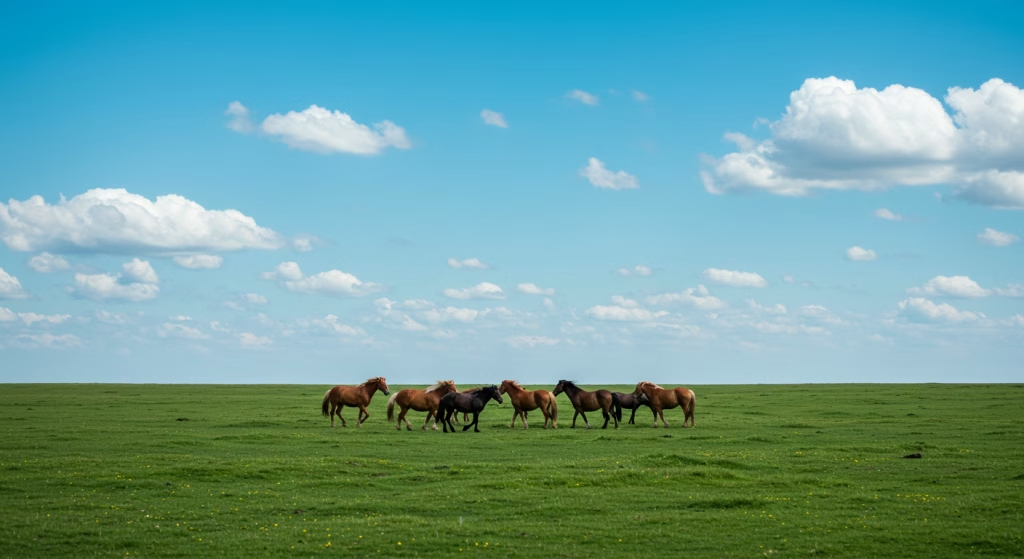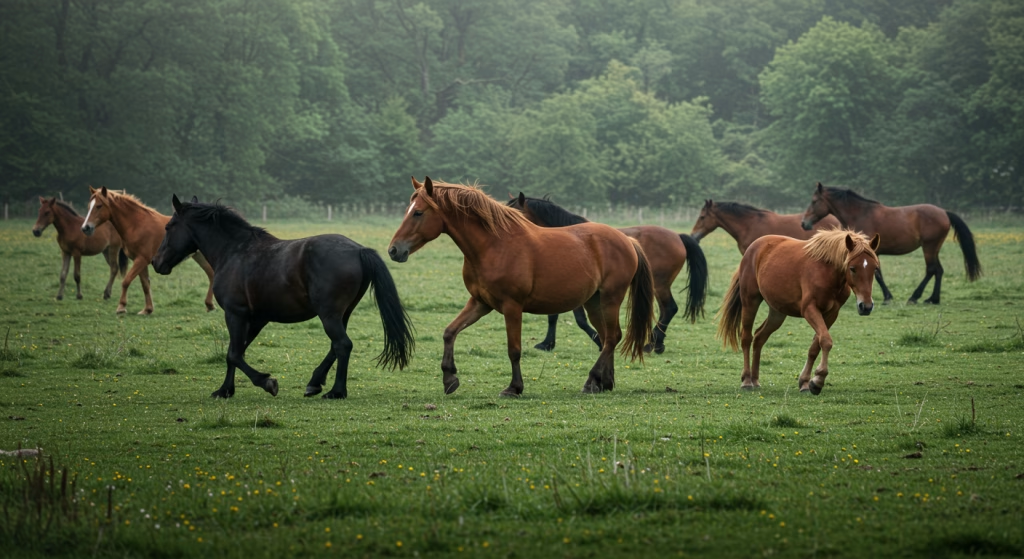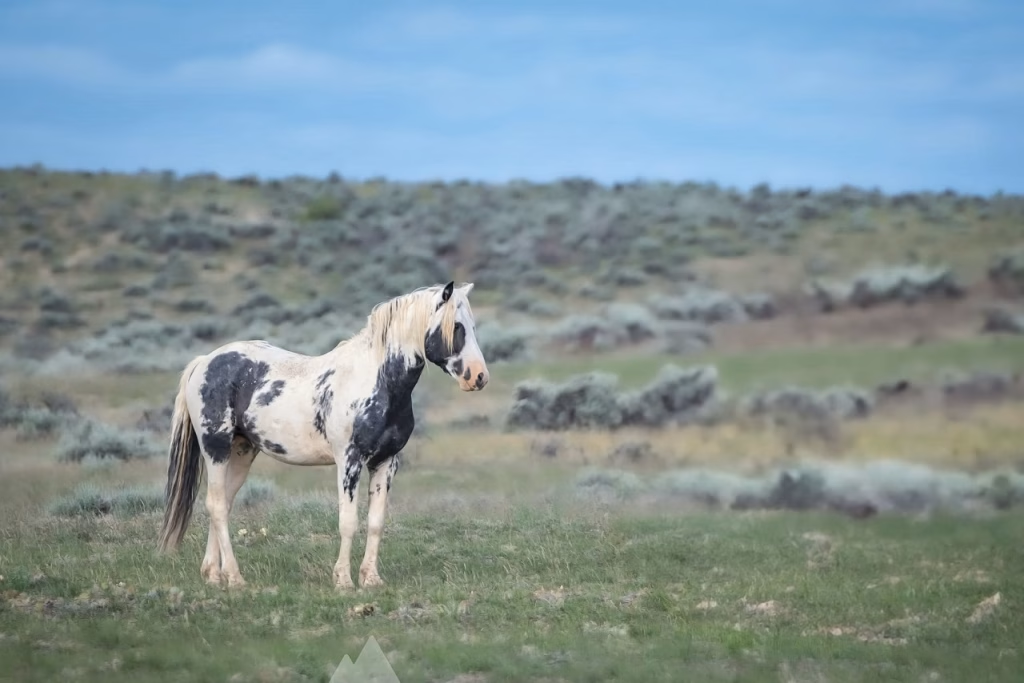Horses have been companions, workers, and athletes for thousands of years. Their strength, intelligence, and beauty make them a unique animal to care for. However, horse care requires time, dedication, knowledge, and resources. Whether you’re a first-time horse owner or looking to refine your equine care routine, understanding the fundamentals of proper horse care is essential to keeping your animal healthy and happy.
Thank you for reading this post, don't forget to subscribe!This guide provides a detailed look at the key aspects of horse care, including feeding, grooming, housing, health care, training, and companionship.

1. Nutrition and Feeding
Balanced Diet
A horse’s diet should be tailored to its age, breed, weight, and workload. The foundation of any horse’s diet is high-quality forage — hay or pasture grass. Horses are grazing animals and are designed to eat small amounts of food frequently.
- Forage (hay or grass): Horses should consume about 1.5% to 2.5% of their body weight in forage daily.
- Grains and concentrates: These are added to the diet only when a horse has higher energy needs (e.g., during intense training or pregnancy). Use sparingly.
- Fresh water: Horses need access to clean, fresh water at all times. They can drink 5 to 10 gallons a day.
- Salt and minerals: Provide a salt block or mineral supplement to ensure they get essential nutrients.
Feeding Tips
- Feed horses at the same time every day.
- Avoid sudden changes in diet to prevent digestive issues like colic.
- Monitor body condition and weight regularly.
- Store feed in a dry, rodent-proof area.
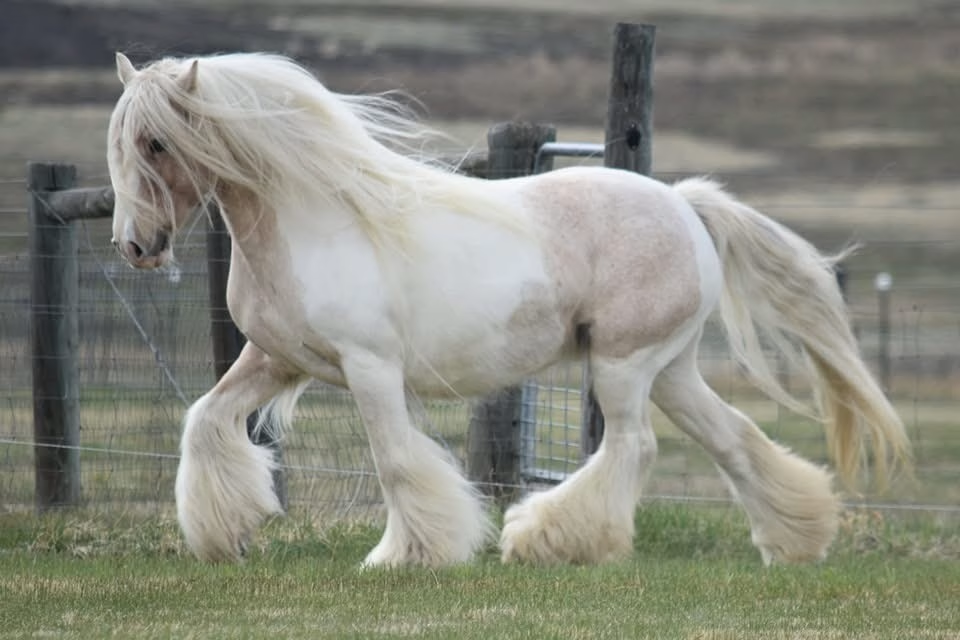
2. Shelter and Environment
Housing Options
Horses need shelter to protect them from extreme weather. Depending on your location and resources, you can choose from several options:
- Stables or barns: Provide individual stalls where horses can rest, stay dry, and be easily monitored.
- Run-in sheds: Allow horses to come and go as they please in a pasture, providing shelter when needed.
- Paddocks and pastures: Horses should have access to safe, well-maintained pastures for exercise and grazing.
Stable Management
- Clean stalls daily to remove waste and wet bedding.
- Use proper ventilation to reduce respiratory issues.
- Ensure fencing is safe, secure, and free of sharp edges or hazards.
- Rotate pastures to prevent overgrazing and reduce parasite load.
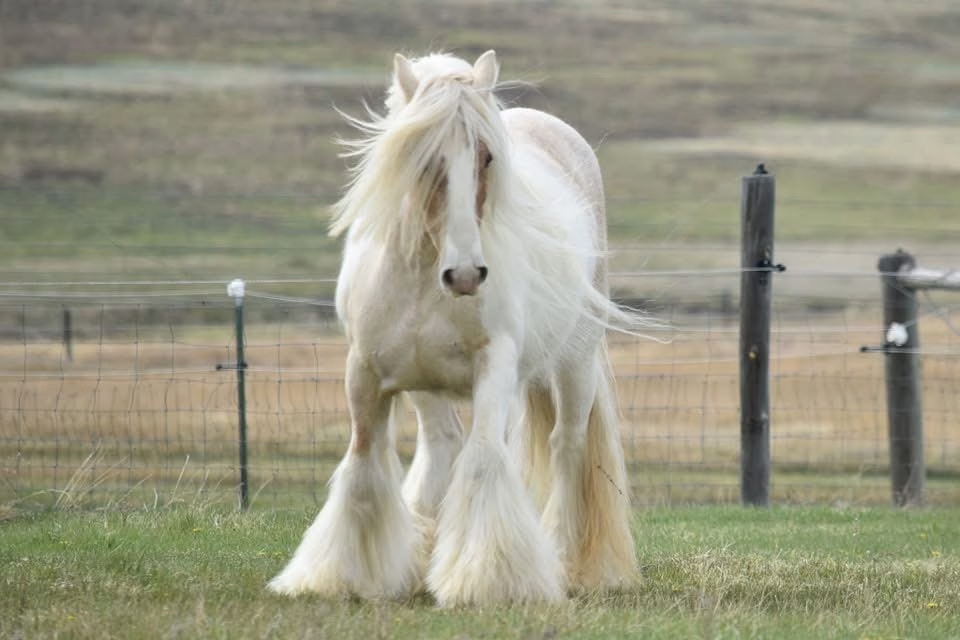
3. Grooming and Hoof Care
Grooming Routine
Regular grooming helps maintain a horse’s coat and skin, allows you to check for injuries, and strengthens your bond with the animal.
- Daily brushing removes dirt, loose hair, and sweat.
- Use a curry comb to loosen dirt and hair, followed by a dandy brush for removal.
- Clean the face, mane, and tail gently.
- Use a hoof pick daily to clean out hooves and check for stones, cracks, or signs of thrush.
Hoof Care
Hooves require regular attention to prevent lameness and other issues.
- Schedule visits from a farrier every 6–8 weeks.
- Horses may be shod (wear shoes) or barefoot, depending on their work and environment.
- Watch for signs of discomfort, such as limping or reluctance to walk.

4. Veterinary Care and Health Maintenance
Routine Veterinary Care
Just like any pet or livestock, horses need regular veterinary check-ups.
- Vaccinations: Protect against diseases such as tetanus, West Nile virus, equine influenza, and rabies.
- Deworming: Regular fecal tests and deworming schedules prevent internal parasites.
- Dental care: Horses’ teeth continue to grow, so floating (filing) may be needed to prevent sharp points.
- Coggins test: Required for travel and events to detect Equine Infectious Anemia.
Signs of Illness
Be alert to any changes in behavior, appetite, or physical condition. Common signs of illness include:
- Lethargy or depression
- Poor appetite
- Swelling or heat in limbs
- Nasal discharge or coughing
- Diarrhea or colic symptoms (pawing, rolling, looking at flank)
When in doubt, always consult your veterinarian.
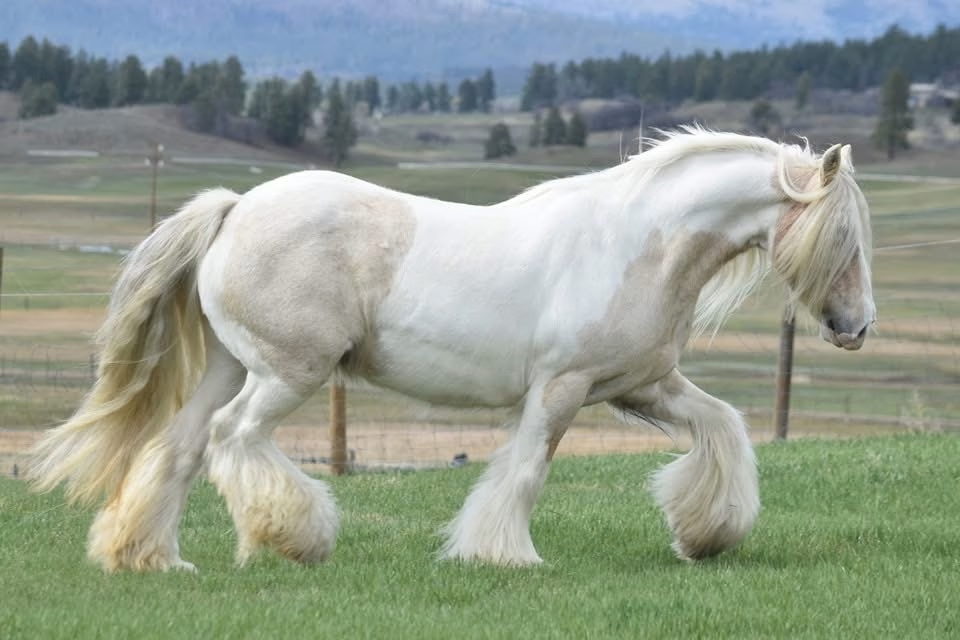
5. Exercise and Mental Stimulation
Regular Exercise
Horses need daily movement to stay fit, maintain a healthy digestive system, and prevent behavioral issues.
- Turnout time: Letting a horse roam in a pasture is beneficial for both body and mind.
- Riding or groundwork: Regular work under saddle or on the ground develops muscle tone and discipline.
Enrichment
Horses are intelligent animals and require mental stimulation.
- Introduce toys (e.g., hanging balls, cones) in stalls or paddocks.
- Vary their routine to prevent boredom.
- Social interaction with other horses is crucial for their well-being.

6. Training and Behavior Management
Basic Training
All horses should be taught basic ground manners:
- Leading
- Tying
- Standing still for grooming and vet checks
- Respecting personal space
Positive reinforcement and consistent routines are key to effective training.
Advanced Training
Depending on your goals, you may train your horse for disciplines such as:
- Dressage
- Jumping
- Western riding
- Trail riding
- Driving
Working with an experienced trainer can be highly beneficial, especially for young or green horses.
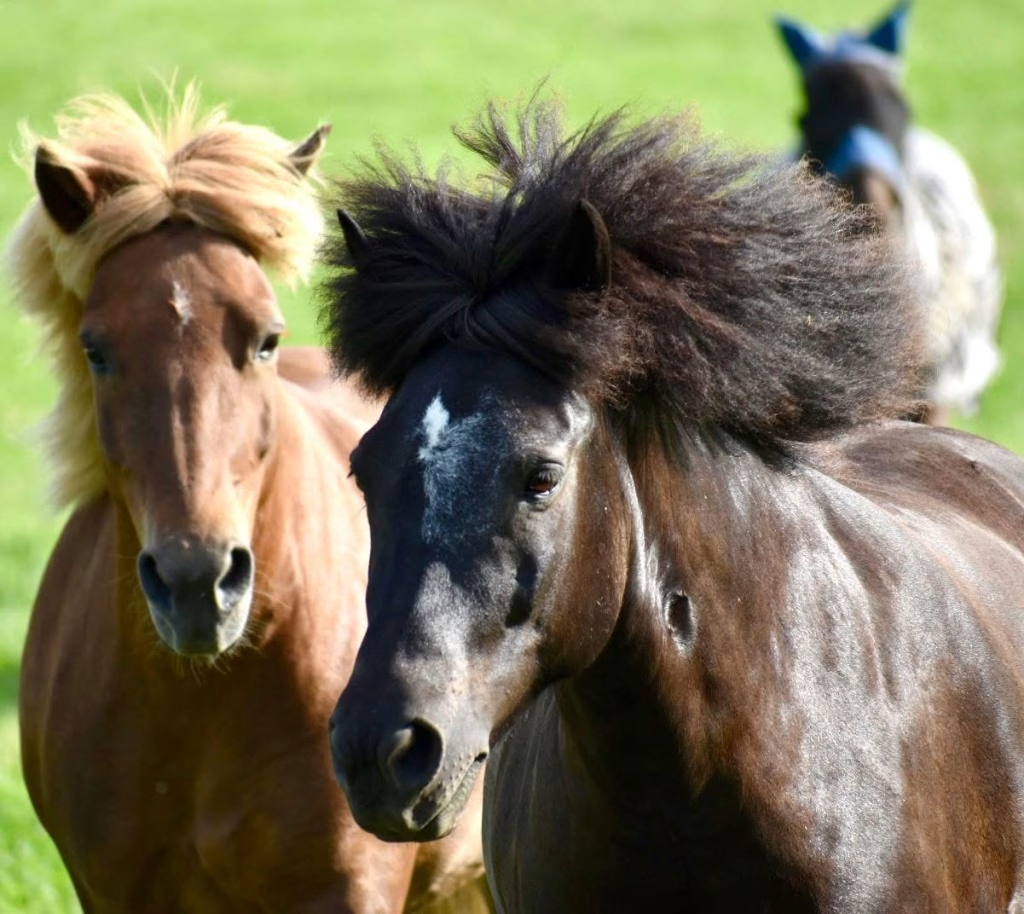
7. Companionship and Social Needs
Herd Animals
Horses are social creatures and thrive in the company of others. Isolation can lead to stress and behavioral problems.
- If owning multiple horses isn’t possible, consider other animals like goats or donkeys for companionship.
- When keeping multiple horses, monitor their interactions to ensure no one is being bullied or excluded.
Bonding with Your Horse
Developing trust and connection with your horse takes time.
- Spend time outside of riding — grooming, hand-walking, or just being near them.
- Speak calmly and use body language to communicate.
- Be patient, gentle, and consistent.
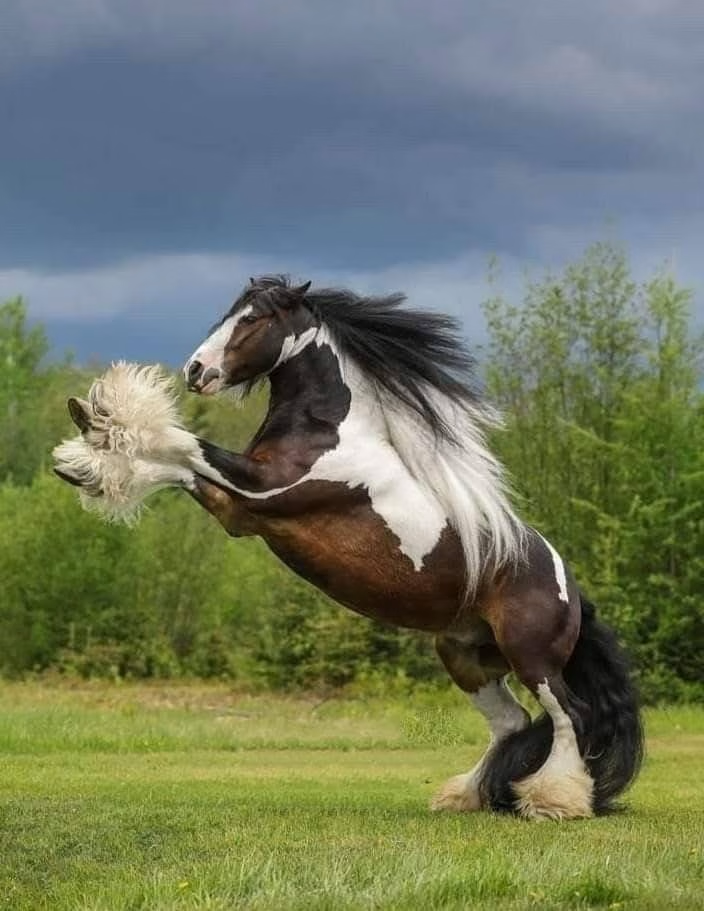
8. Financial and Time Commitment
Time Investment
Horse care is a daily commitment. Tasks include:
- Feeding and watering (2–3 times/day)
- Grooming and hoof cleaning
- Exercise or turnout
- Stall cleaning
Owning a horse is often compared to a part-time job — and rightly so.
Financial Considerations
Costs vary depending on location, whether you board or keep your horse at home, and the level of care required. Typical expenses include:
- Feed and supplements
- Vet and farrier care
- Equipment (tack, grooming supplies)
- Boarding or stable maintenance
- Insurance or emergency savings

9. Tack and Equipment
Essential Tack
Having the right tack (riding gear) ensures your horse’s comfort and your safety.
- Saddle and bridle suited to your horse’s size and your riding discipline.
- Grooming kit with brushes, hoof pick, and fly spray.
- Blankets for winter or turnout if necessary.
- Halters and lead ropes for handling.
Regularly inspect and clean tack to maintain functionality and prevent injury.
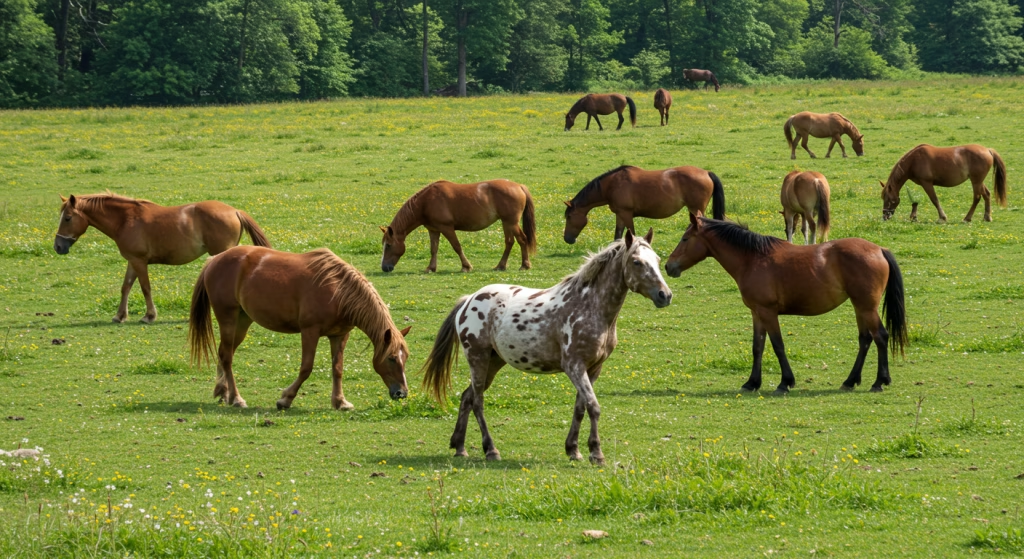
10. Emergency Preparedness
First Aid Kit
Keep a well-stocked equine first aid kit with items like:
- Thermometer
- Antiseptic wound spray
- Bandages and gauze
- Tweezers and scissors
- Electrolytes
Emergency Plan
Be prepared for events like:
- Injuries or sudden illness
- Barn fires or floods
- Evacuation during natural disasters
Know your veterinarian’s emergency contact and have transportation arranged if your horse needs to be moved quickly.
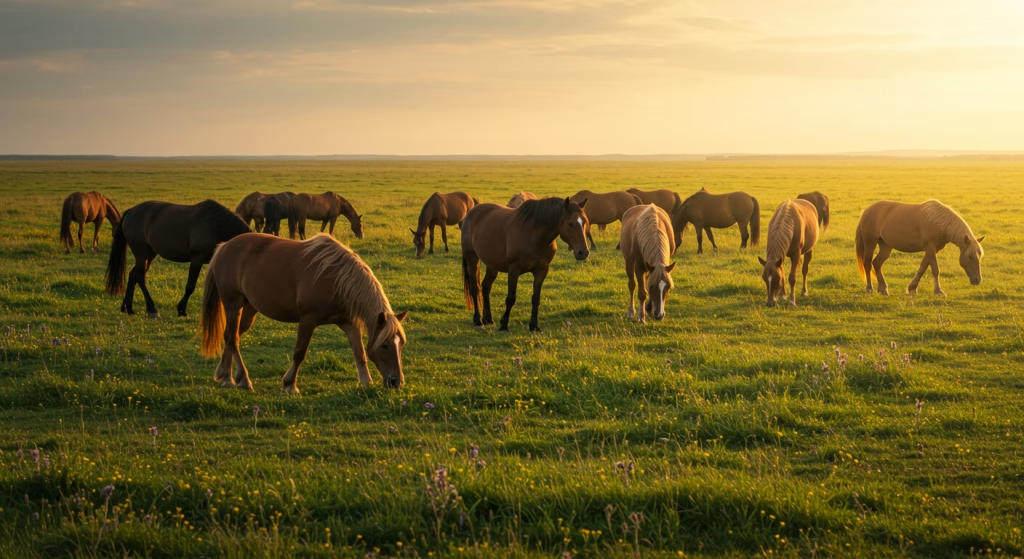
Conclusion
Taking care of a horse is both a serious responsibility and a deeply rewarding experience. Horses require attentive care, regular exercise, social interaction, and a safe environment. By committing to these fundamental aspects of horse care — proper feeding, grooming, medical care, training, and companionship — you ensure not only your horse’s well-being but also your own success as a horse owner.
Horse care is a lifelong learning journey. Stay informed, seek guidance from professionals, and build a community with other horse enthusiasts. When cared for properly, horses can live long, healthy, and happy lives, forming bonds with their humans that are truly special.
